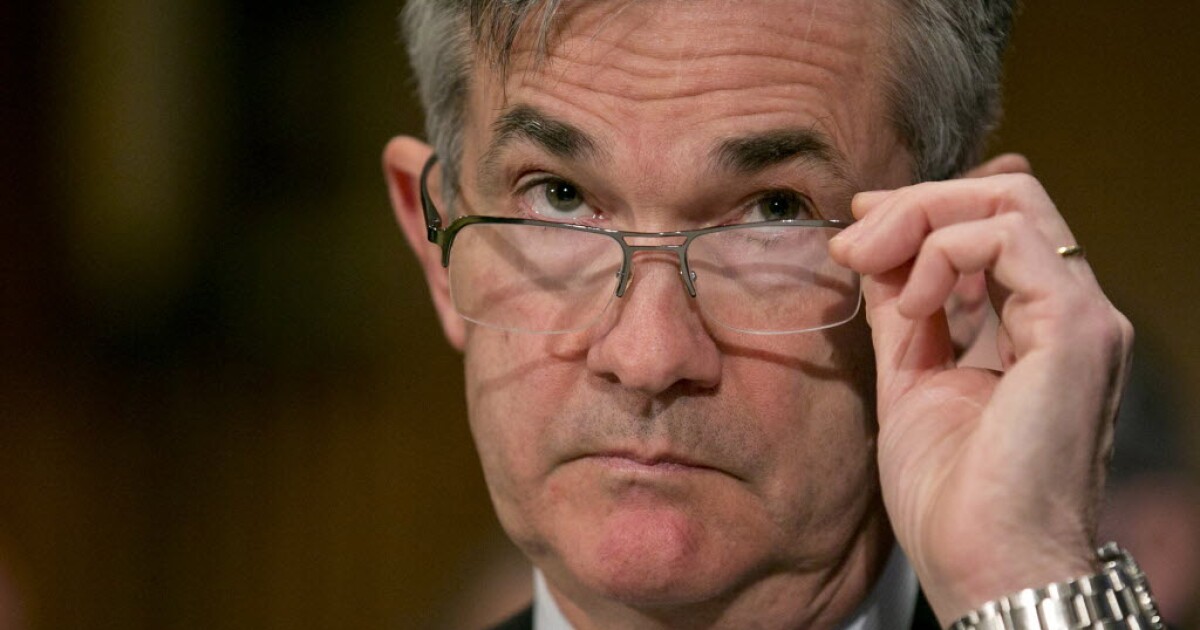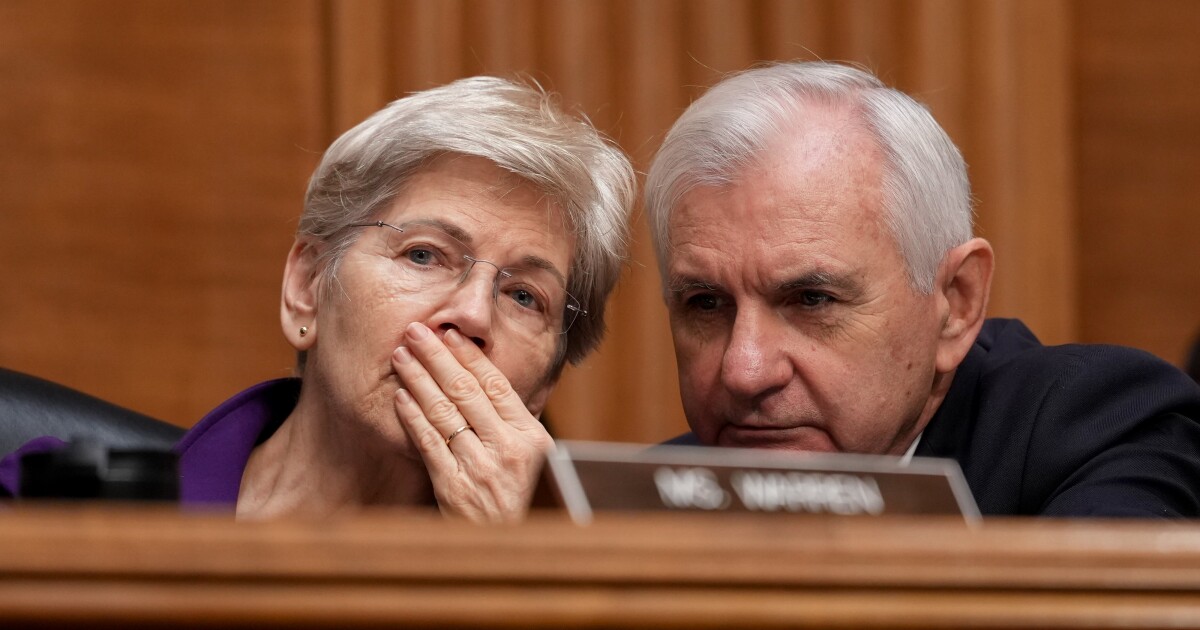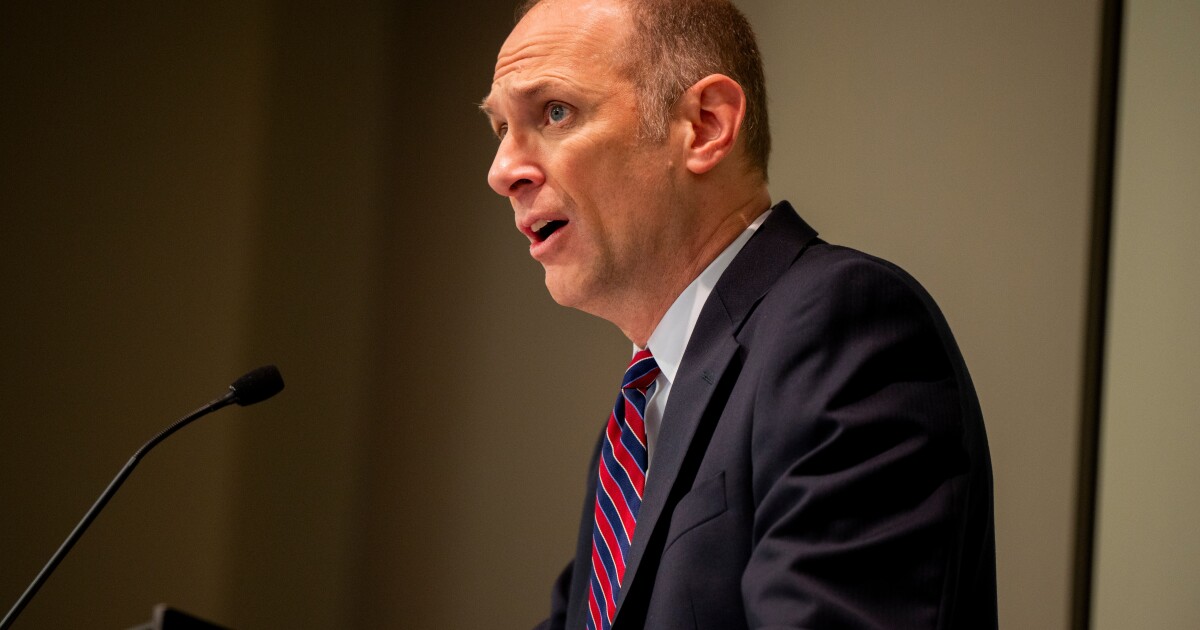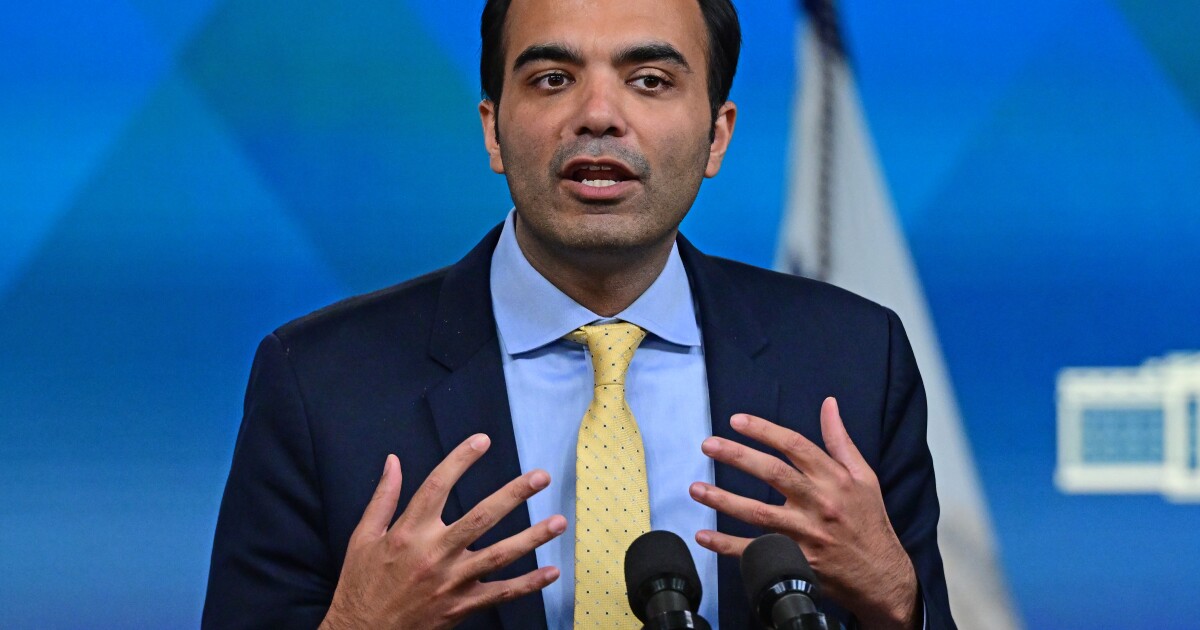
Housing advocates and real estate groups spent months
Mortgage rates have been on the decline for months and recently fell to their lowest levels in more than a year,
Bankers and other lenders attribute this trend to falling yields on 10-year Treasury notes, with which mortgage rates are closely associated. This downward trajectory has been driven by rising unemployment and a rosier outlook on inflation, which was further
Christopher Maher, CEO of Toms River, New Jersey-based OceanFirst Bank, said that while the Fed's actions are impactful on short-term rates, their influence over longer-term yields — be they government bonds or residential mortgages — is less direct. Because of this, he said, broader economic developments will be more important for lenders than any individual moves the central bank makes in the coming months.
"It's not about the meeting or the decision in September. This is about how people are feeling structurally," Maher said. "How close are we to the soft landing?"
Despite the repeated calls for interest rate relief from those in and around the housing industry,
"The housing situation is a complicated one, and you can see that's a place where rates are really having a significant effect," Fed Chair Jerome Powell said during his June press conference. "Ultimately, the best thing we can do for the housing market is to bring inflation down so that we can bring rates down, so that the housing market can continue to normalize."
So far, Powell's vision appears to be coming to fruition. As of last week, the average 30-year fixed mortgage rate was 6.47%, according to Freddie Mac, down nearly half a percentage point from a year ago and the lowest weekly mean tracked since May 2023. And while borrowing costs have dipped sharply since July, they have been trending down for the past three months.
Current rates are well above the historic lows seen during the COVID-19 pandemic and have thus failed to break the so-called lock-in effect —
"You've got people that closed four or five months ago that could be looking at lowering their rate by almost 1%, and so for those borrowers, it is interesting," said Bill Banfield, chief business officer of Rocket Mortgage. "If I look at where 30-year conventional rates were from the summer of '23 to the summer of '24, there's a possibility that most of those borrowers might find it interesting, and for some it might be upwards of a point lower rate."
The Mortgage Bankers Association's latest Refinance Index, which was released on Wednesday, was up 118% over this point last year. Mike Fratantoni, senior vice president and chief economist for the MBA, said he expects this trend to continue for the remainder of this year and eventually spread to the home purchase market in a more meaningful way.
"Over time, the drop in rates and the fact that we're seeing some additional inventory, both from existing homes and on the new home side, is going to present more opportunities for buyers," Fratantoni said, noting that he expects total mortgage origination volume for this year to be up 8% from the low baseline of 2023, followed by a more significant jump of 15% next year, assuming the Fed does eventually begin lowering its policy rate.
Although banks have made up a steadily smaller percentage of mortgage originations nationally in recent years, many stand to benefit from this uptick in activity, Maher said, noting that a pickup in this sector could complement increased profitability in other parts of the industry.
"Velocity in the mortgage business helps many banks gain on sale income," Maher said. "We've seen a very low level of units being done in both consumer loans and commercial loans in the industry, so we may look back to say that the second or third quarter of this year was the real inflection point."
Despite the better overall picture on inflation, housing costs remain stubbornly high in the leading price indexes. Wednesday's CPI report showed shelter costs increased by 0.4% between June and July and were up 5.1% on the year, second only to transportation services at 8.8%. Fed officials have said this is the
Precisely how falling rates will translate into the overall affordability picture remains to be seen. While refinancing from cyclical-high rates presents an opportunity for some homeowners to reduce their monthly housing bills and a greater supply of homes could alleviate some pricing pressures, a significant drop in rates could create a surge in demand. Given the national undersupply of housing, home values could be driven up, undermining the benefit to consumers of lower financing costs.
"If you can get 30-year mortgage rates below 6%, you're definitely going to see a big increase on the demand side of the equation," Banfield said. "What is yet to be seen is how many sellers are going to want to list their homes, and that's just the supply and demand equation. I don't think any of us know exactly how it's going to play out.



